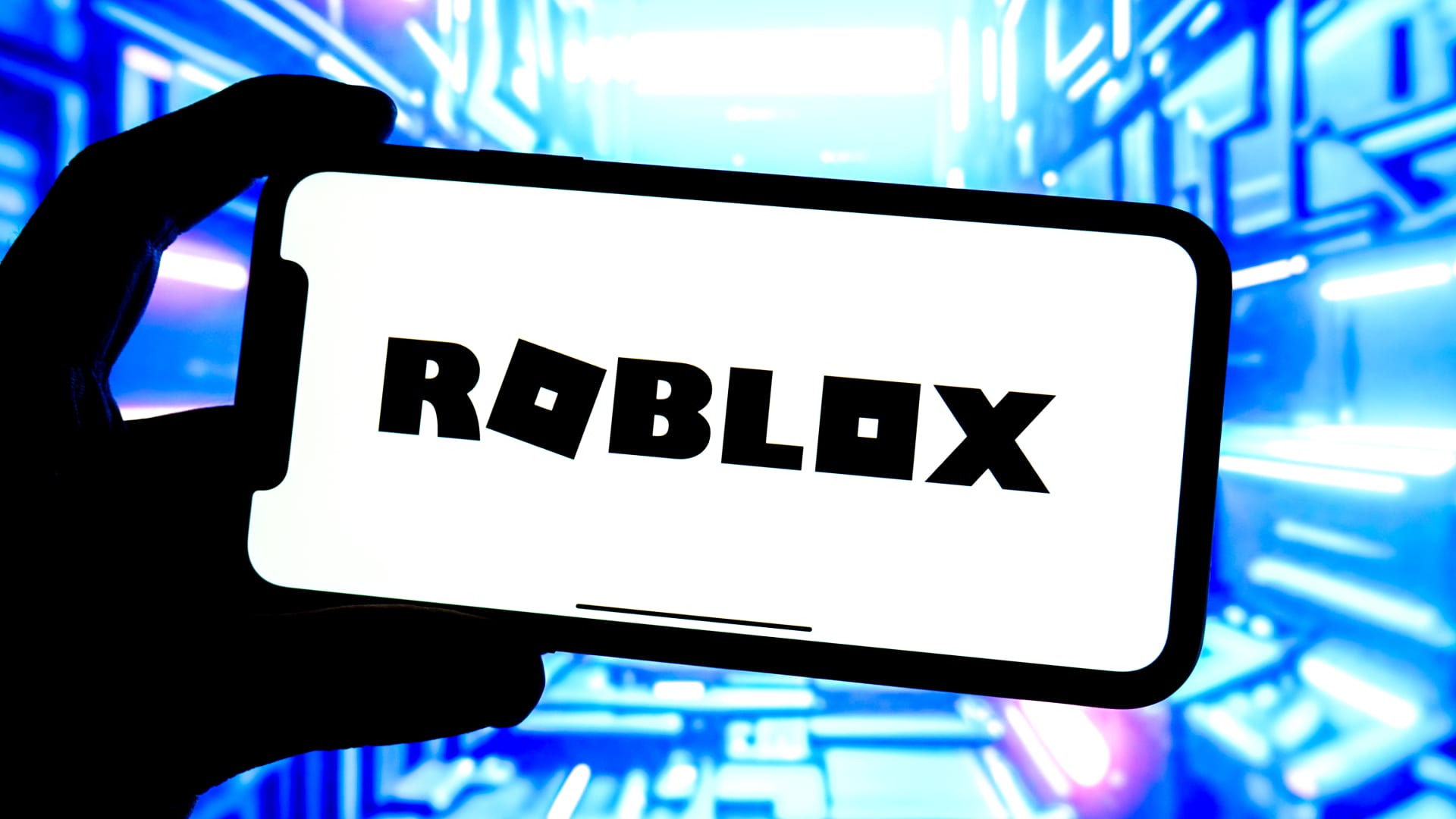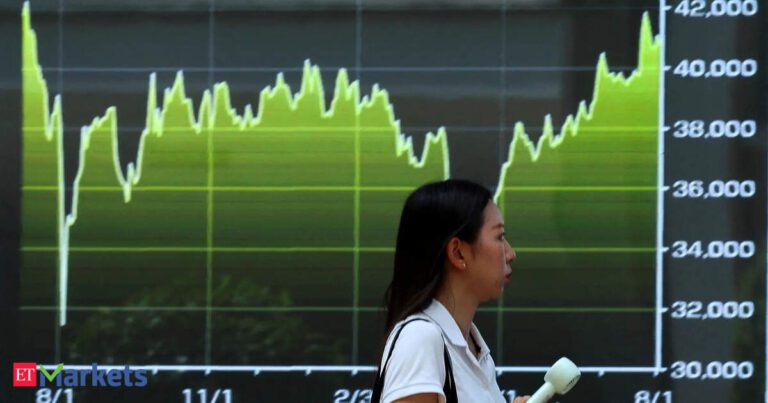
Roblox stock plunged 10% following its Q3 earnings report, with investor concern rising over increased safety spending. This overshadows robust user growth and bookings, signaling potential impacts on profit margins. As of market close today (Oct 25, 2025), Roblox’s third-quarter revenue surged 48% to $1.36 billion, with bookings up 70% to $1.92 billion, reporting a loss per share of $0.37.
This strategic pivot towards enhanced safety investments is critical in the current regulatory climate, directly influencing investor sentiment and future profitability forecasts. The market is assessing whether increased operational expenditures will offset strong top-line momentum.
Key metrics show a 10% stock price drop, 48% revenue growth, 70% bookings growth, and a loss per share of $0.37.
This analysis delves into the implications for investors and Roblox’s future growth prospects.
| Metric | Previous | Current | Change |
|---|---|---|---|
| Stock Price | N/A | N/A | -10.0% |
| Third-Quarter Revenue | N/A | $1.36 Billion | +48.0% |
| Third-Quarter Bookings | N/A | $1.92 Billion | +70.0% |
| Loss Per Share | -$0.49 (Est.) | -$0.37 | Better than Est. |
Expert Market Analysis
Roblox’s recent stock performance reflects a divergence between its strong user engagement and revenue growth, and concerns over future profitability driven by increased operational expenditures. Historically, the company has navigated rapid growth by scaling its infrastructure and content moderation capabilities. However, the current market environment, characterized by heightened regulatory scrutiny and parental concerns regarding online safety, necessitates a more substantial and proactive investment in these areas. This shift in capital allocation, from pure growth to a balanced approach including robust safety measures, is a critical pivot for the company as it matures and faces increased public and governmental oversight. The company’s recent guidance indicates a significant increase in expected capital expenditures, a move that, while necessary for long-term sustainability and trust-building, is understandably causing short-term investor apprehension. Market analysts expect this trend to continue as digital platforms face more oversight, building on historical patterns of tech companies adapting to regulatory shifts. These shifts echo previous market adjustments seen in the social media and e-commerce sectors.
From a fundamental perspective, Roblox’s third-quarter results showcase impressive top-line momentum, with revenue and bookings exceeding expectations, driven by a substantial increase in average daily users. However, the projected slight decline in operating margin year-over-year, attributed to higher DevEx rates and infrastructure/safety investments, introduces a layer of complexity. Investors will be closely monitoring the company’s ability to manage these costs without stifling innovation or user experience. The Developer Exchange (DevEx) program, while crucial for creator engagement, requires careful calibration of rates to balance creator incentives with company margins. Management’s commitment to safety, evidenced by new age-verification software and participation in industry-wide initiatives, signals a strategic understanding of the evolving digital landscape. The company’s ability to translate these investments into tangible improvements in user safety and a strengthened brand reputation will be key determinants of its long-term valuation, impacting EBITDA margins significantly, according to financial forecasts and analyst models.
When compared to peers in the gaming and broader tech sector, Roblox faces a unique set of challenges and opportunities. While companies like Unity Software (U) and Take-Two Interactive (TTWO) also focus on platform development and content creation, Roblox’s metaversal approach and younger demographic present distinct regulatory and ethical considerations. The increasing focus on child safety regulations across the tech industry, including inquiries from lawmakers and a rise in lawsuits alleging platform vulnerabilities, puts Roblox under a microscope. Its proactive steps in enhancing safety features and collaborating with authorities position it to potentially navigate these challenges more effectively than some competitors, but the financial implications of these efforts remain a significant factor for market analysts evaluating the sector, reflecting broader industry trends.
The immediate outlook for Roblox stock hinges on the market’s perception of its safety investments versus its growth trajectory. While the 10% slip suggests some investor skepticism about margin impacts, the long-term benefits of enhanced safety and trust could outweigh short-term financial pressures. Key risks include further regulatory hurdles, increased competition, and the potential for user attrition if safety measures are perceived as overly restrictive. Conversely, successful execution of its safety strategy could solidify Roblox’s position as a market leader, attracting more cautious institutional investors. Analysts will be looking for sustained booking growth and clear communication on how these new expenditures contribute to user acquisition and retention. Investors considering an entry point should weigh the current dip against the company’s strong fundamentals and its strategic pivot towards a more secure, regulated platform, with price targets varying among experts and sentiment indicators suggesting caution.
Related Topics:
Roblox Stock Analysis, RBLX Earnings 2025, Gaming Stocks, Online Safety Regulations, Metaverse Stocks, Roblox Capital Expenditures, Digital Entertainment Market, DevEx Program Impact, Roblox Stock Outlook, Gaming Industry Trends

